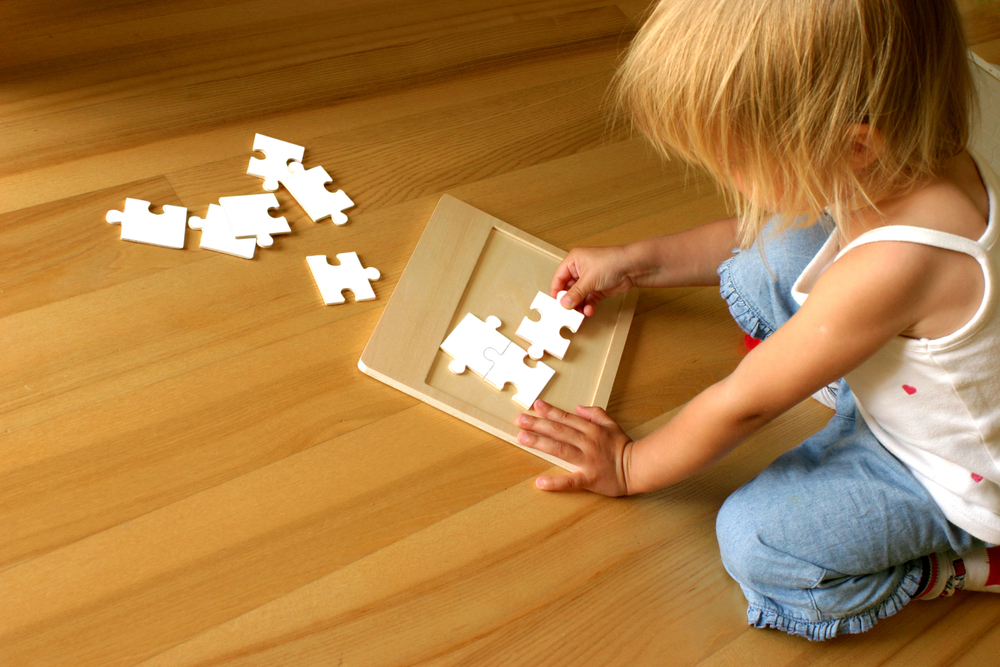Even as adults, we are often swamped by the tides of emotion, losing clarity of thought and failing to solve the problem at hand. problem- solver Emotion is what makes us human beings but human being also has the unmatched intelligence to recognise and put aside negative emotion and solve the problem causing that emotion. That, my friends, is a marvellous skill.
Problem-solving is crucial…
- For your child’s behavioural development
- To instigate a pattern of thinking about possible solutions and their outcomes.
- To develop better relationships instead of resorting to violence to solve problems.
- For developing good listening skills in your child
- To build self-confidence
These are the 2 essential components of problem-solving:
- Creative thinking is the ability to view a problem from different angles. A creative thinker takes risks, experiments and is willing to make mistakes.
- Critical thinking enables a person to mentally break down a problem or an idea into parts and analyse them. Sorting, classifying and comparing similarities and differences encapsulate this skill.
You can inculcate the skill of problem-solving in your child by following these simple actions:

- Help your child identify the problem or emotion: Sometimes children get frustrated and upset because they are unable to understand what the problem is. Help your child comprehend the problem or the emotion. Tell them it’s OK to be angry or sad and give them words to share that emotion. Teach your child to break up the problem into pieces, which is easier to comprehend and analyse.
- Don’t be a constant troubleshooter: It’s easier to solve your child’s problem and move on. But the problem with that is that the child hasn’t really learnt anything. The only thing he learns is to be dependent on you. And once dependence becomes a habit, they will find themselves insufficient to deal with their problems when you are not around.
- Possible solutions: Once the problem is determined, a solution seems possible. Ask your child open-ended questions to help him come up with possible solutions. Challenge him and allow him to become a fluent and flexible thinker who can view a problem from various perspectives. Brainstorm with him and encourage him to comment on the problem at hand. These two techniques will encourage both creative and critical thinking.
- Discuss solutions: Help your child understand and detail each solution. If he has had a rift with a friend, ask him to detail the solutions to resolve the conflict with his friend. Give him cues to help him think about more solutions.
- Choose one solution: Ask him to choose one option. This decision-making power will give him a sense of freedom and competence. It will also teach him to take responsibility for his own choices.
- Plan of action and execution: Assist your child in creating a plan of action through which he will resolve the conflict that is bothering him. Encourage him to execute that plan. Thoughts are pointless unless acted upon.
- Reflect: Sometimes we take a certain course of action and it is fruitful, sometimes it is not. That is a part of growing up that never stops. But reflecting upon your mistakes and learning from them is imperative if true growth has to take place. Let your child make mistakes and learn. If he succeeds, celebrate.
- Show confidence: Children look up to us for moral support. Exhibiting confidence in their capabilities, irrespective of whether they succeed or not is crucial to ensure they never give up.

- Encourage free play: Structured activities are great for a child but free play without any bounds is the key to their cognitive development. When they solve daily problems such as a lego structure collapsing or a clash of ideas with their playmate, they grow in their critical thinking abilities. Cause and effect learning is an inherent part of free play.
- No right or wrong: If your child wants to colour an elephant red, let the elephant be red. Children are not bound by the realities of this world. Their imagination allows them to look at problems differently. Give them an environment where they don’t feel judged. If they fear being wrong, they may never try.
- Are you an efficient problem-solver? Like everything else, children will observe how you solve your problems. Do you get agitated and stressed or give up? You are enacting your child’s future attitude towards problem-solving. Act wisely.
- Keep watch: Try to keep a close eye on your child’s problem-solving activity whether it is toy play or a playdate. If she seems too frustrated and on the verge of giving up, intervene with a minimal amount of help to ensure she doesn’t give up.
- Teach empathy: We are not living in this world alone and our problems will usually be a result of an interaction with another human being. To be an efficient problem-solver, empathy is vital. Explain to your child that they have to consider other people’s feelings and perspectives as well. Empathy is not easy to come by but it will come eventually, with your consistent efforts.
- Praise: Children need to be told that their efforts and solutions are valued. Appreciate their efforts so they feel motivated to put their minds to solving problems as a habit. Don’t just say, “ great job.” Say, “Using that belt to make the sword stick to your waist was a smart idea.” This will show them that you noticed and it will reiterate their solution and its efficiency.
From the moment we are born to the moment we go, we are constantly solving problems, big and small. In a world of human complexities, constant change and contradictions, problem-solving is a skill that is almost as important as breathing. Be proud that you are making attempts to impart this skill to your child. Be very proud.







